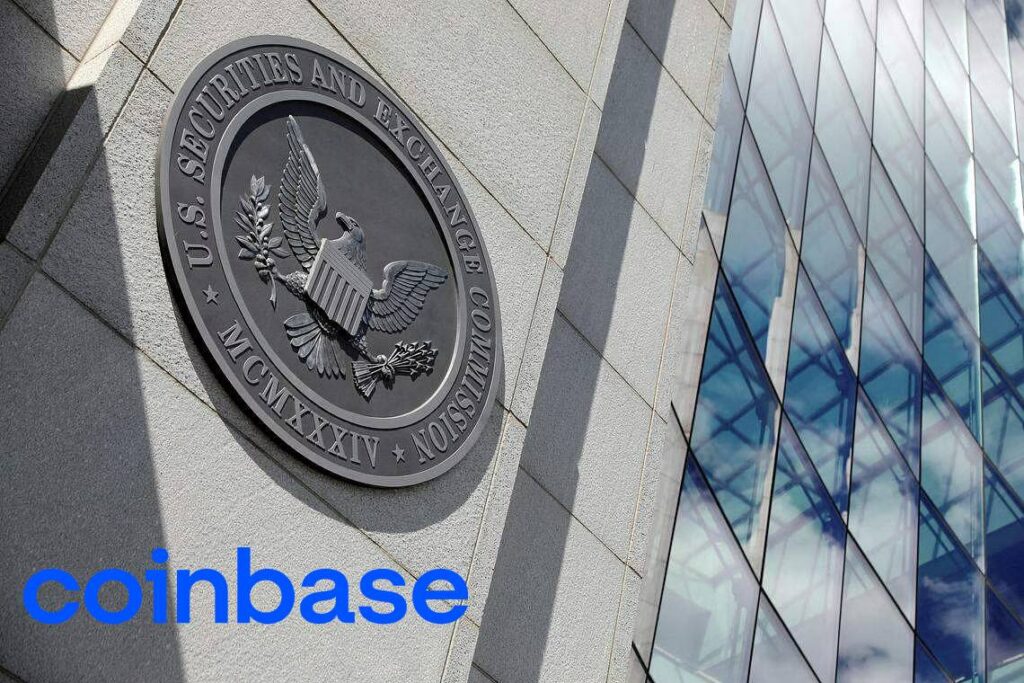
The U.S. banking sector is facing massive financial repercussions, as the collapse of major banks like Silicon Valley Bank has disrupted the industry. While other banks are considered to be at risk, the Federal Reserve had to ease the ongoing liquidity crisis in the country, according to JPMorgan Chase & Co.
According to JP Morgan, the Fed’s emergency loan program is expected to bring in $2 trillion worth of funds into the U.S. banking system. Through this, the current liquidity issues might be resolved for now.
After the failure of three lenders, U.S. authorities established the scheme earlier this month. The program was set up to provide an additional source of liquidity to these institutions. Alongside, it will eliminate the need to sell securities during a crisis, swiftly. According to JPMorgan strategists, the Bank Term Funding Program should be able to add enough reserves to the banking system to lessen reserve shortages.
Who will make use of the Fed’s latest initiative?
Although it is doubtful that large banks will use the program, they indicated that the initiative’s maximum utilization is expected to be close to $2 trillion. This is on par with the value of bonds owned by U.S. banks, except for the five largest institutions. Elaborating on the same, strategists led by Nikolaos Panigirtzoglou stated,
The usage of the Fed’s Bank Term Funding Program is likely to be big.
Additionally, it should be noted that top banks have a sizable share of the $3 trillion in reserves still present in the U.S. financial system. The JPMorgan strategists believe that the Fed’s quantitative tightening and the rate rises that led to a switch from bank deposits to money-market funds were to be blamed for the tighter liquidity.
Speculations that the Fed may forego raising interest rates next week in an effort to stabilize the banking industry have caused the two-year Treasury bond yield to fall by more than 60 basis points this week.
source: watcher.guru





